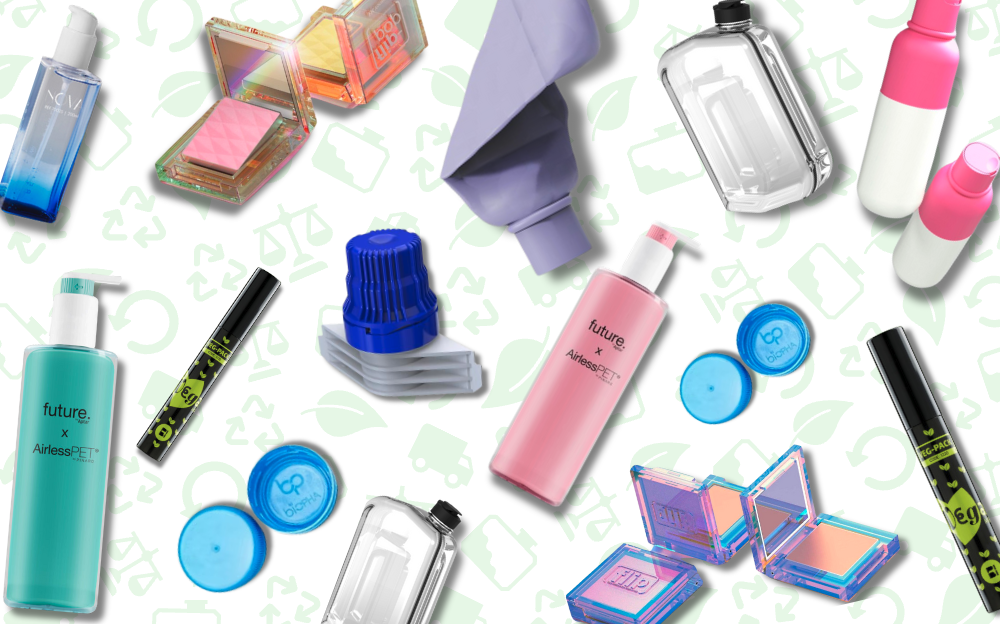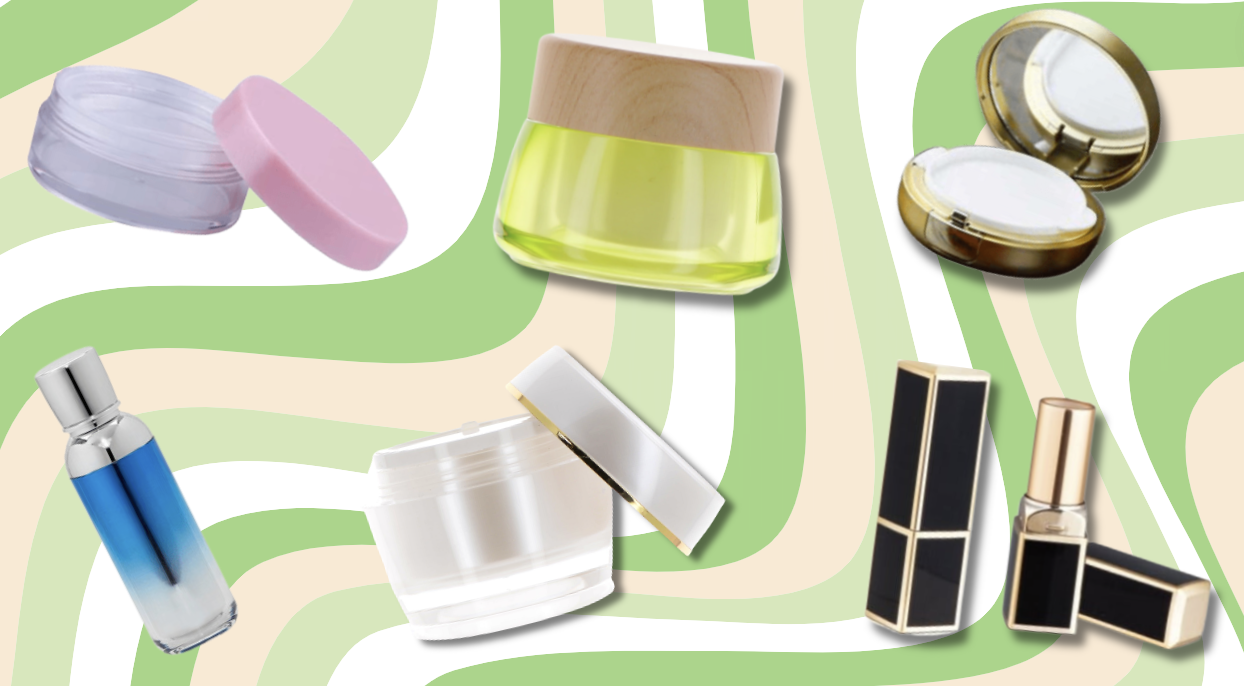
Biodegradable Packaging Trends
Climate change is devastating the planet and forcing us to look for more sustainable ways to eat, drink, and live. A recent study tells us that 45% of global greenhouse gas emissions come from the production of products we use every day.
Producers are now looking at a key way to reduce environmental impact. Companies are owning their waste by looking beyond recyclability, which sees only 9% of packaging successfully being processed and forward to a faster and more efficient biodegradable end-of-life scenario.
Biodegradable packaging has been lauded as a key solution to reducing and potentially even eliminating the waste and damage that comes from the 82.2 million tons of packaging that we produce every year.
In this article, we’ll define what biodegradable packaging is, highlight the latest trends in the industry, and discuss how each of these developments helps producers take charge in the fight against climate change.
Breaking Down The Packaging Trends That Break Down
What Is Biodegradable Packaging?
Biodegradable packaging is made from materials that can decompose with the action of micro-organisms such as bacteria, fungi, and algae. A material is deemed biodegradable if it doesn’t harm the environment during and after the decomposition process and if it completes the process within a year. Typical material components include cornstarch, mushrooms, paper, plant-based cellulose, and seaweed.
In addition to the core materials, true biodegradable packaging does not have a plastic-based liner, toxic dyes, or foil seals.
The market for biodegradable packaging continues to show tremendous growth. According to the market intelligence and advisory company Mordor Intelligence, the biodegradable packaging market was valued at $81.7 billion in 2020 and is expected to reach $118.85 billion by 2026.
Biodegradable Secondary Packaging Materials
Secondary materials are often a necessity in the mass-produced consumer goods industry. While primary packaging protects the actual product, secondary packaging’s job is to secure the components and act as the primary real estate for marketing.
We see secondary packaging in boxes, shrink wrap, molded cartons, and the protective packing material that they are shipped in.
While it is secondary in nature this type of packaging cannot be overlooked when considering the material's sustainability.
Trend #1: Plantable Seed Packaging

It’s one thing for packaging to be biodegradable and not cause any harm to the environment, but it’s a class above if it also leads to new life.
Recently, plantable seed paper has moved beyond stationary and applied to the outer packaging. This green innovation results in plantable packaging made of biodegradable materials that are embedded with seeds.
Instead of discarding the outer packaging as waste, you can throw it in your flower bed, converting potential trash into living treasures. The effect is twofold; less waste and a positive byproduct.
Trend #2: Dissolvable Packing Peanuts

The past several years have seen consumers looking to the convenience of online shopping more than ever. The products are shipped to our doorsteps with copious amounts of protective packaging.
Styrofoam packing peanuts, composed of toxic polystyrene, are one of the most popular materials used to protect products in transit. Unfortunately, they also happen to be amongst the least sustainable materials in the industry.
Thankfully, another encouraging trend in biodegradable packaging materials is the use of biodegradable packing peanuts. Instead of the traditional plastic polymers, they are composed of dissolvable or biodegradable plant-based starches.
Their ability to dissolve in water means they are also ocean and wildlife safe.
Biodegradable Products For Food and Beverage Industry
According to a recent study, the food and beverage industry is responsible for 63% of the total packaging waste that United States landfills see each year. Our desire for convenience and fast service has also resulted in a throwaway culture amounting to millions of tons of food service packaging being sent to landfills each year.
Small changes in the way food is stored, served, and delivered will add up to big changes.
Trend #3: Biodegradable Films for Food Packaging

Packaging for perishable goods like produce and other food products is a huge contributor to the problem of environmentally harmful packaging. Biodegradable films for food packaging can help mitigate this problem and reduce the amount of waste that ends up in our oceans and landfills.
These films are primarily made from natural, biodegradable polymers derived from agricultural products like starch, proteins, cellulose, and plant oils.
According to MarketWatch, the Asia Pacific region currently has the largest market share for biodegradable food packaging because many of the leading food packaging manufacturers are located in the region.
Biodegradable Cosmetics Packaging
Trend #4 Compostable Cardboard Tubes

Where once the au naturel look of a kraft paper tube was only for the “cruelty-free” brand, it has now extended to many mainstream fast-moving consumer goods. From deodorants to lipstick tubes, brands are adapting the lightweight, biodegradable, primary packaging as the new way forward.
Australian beauty brand Soué, which uses a cardboard tube to house their vegan lip balm and deodorant line, even suggests using the tubes for compostable seed planters. Their paper-based tubes also boast a compostable sticker and nontoxic ink, going the extra mile to ensure a low-impact end of life.
Biodegradable Skincare Packaging
In the skincare industry, the packaging is a key part of brand messaging and presentation. With a high degree of importance placed on experience, every layer serves a purpose.
The vast majority of luxury skincare uses a glass-based or plastic pot that needs proper protection. In the past, this meant an inner packaging, with only plastic being able to mold to the product's curves. However, with sustainable innovation in mind, many companies are using plants to achieve the same effect.
Trend #5: Mushroom Packaging

Saving the most innovative idea for last, mushroom packaging, is a “growing” trend showing that molded packaging no longer has to depend on petrol-derived plastics.
Developed by the American biomaterials company Ecovative Design LLC, mushroom packaging is made from two simple products: hemp hurds and mycelium.
Mycelium is a particularly remarkable material because it naturally self-assembles into structures at room temperature and requires very little energy and water to grow.
Mushroom packaging is certified 100% biobased and fully decomposes within 45 days of being added to the compost. It has been used to protect products like candles, perfume, wine, and others.
The innovative material received a ringing endorsement when the Swedish furniture giant IKEA announced in 2020 that it will commit to using mushroom packaging in an effort to increase its sustainable business practices and lower its negative impact on the environment.





